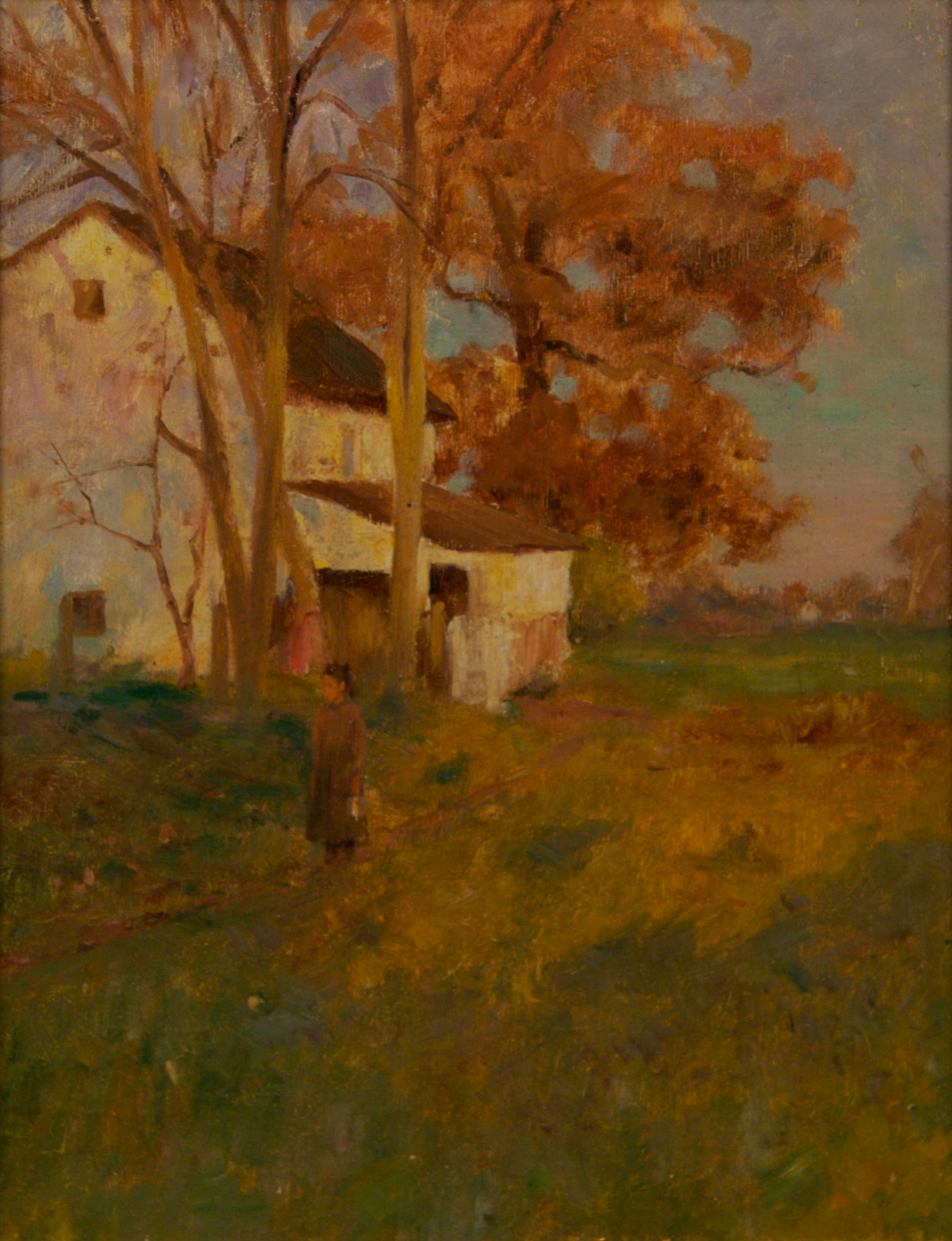Walter Clark
Born in Brooklyn, Impressionist Walter Clark (1848-1917) led a varied life prior to pursuing his artistic career. He originally studied to become an engineer at the Massachusetts Institute of Technology, traveled extensively through Europe and Asia after his graduation in 1869, and was a sheepherder in Wyoming for a short time. He eventually returned to New York in 1876, studying first at the National Academy of Design, then joining the Art Students League where he occupied a studio adjacent to George Inness. Inness, John Henry Twachtman, and Joseph DeCamp would all become significant influences on Clark’s art, which over the course of the 1880s and 1890s shifted from Tonalist-style pastoral landscapes to something more Impressionist in its nature. Clark spent his summers at East Coast art colonies in places like Old Lyme, Connecticut, and Ogunquit, Maine. His exhibition history with the National Academy of Design spanned multiple decades, and his art was featured at several major expositions, including the 1893 Columbian Exhibition in Chicago.
